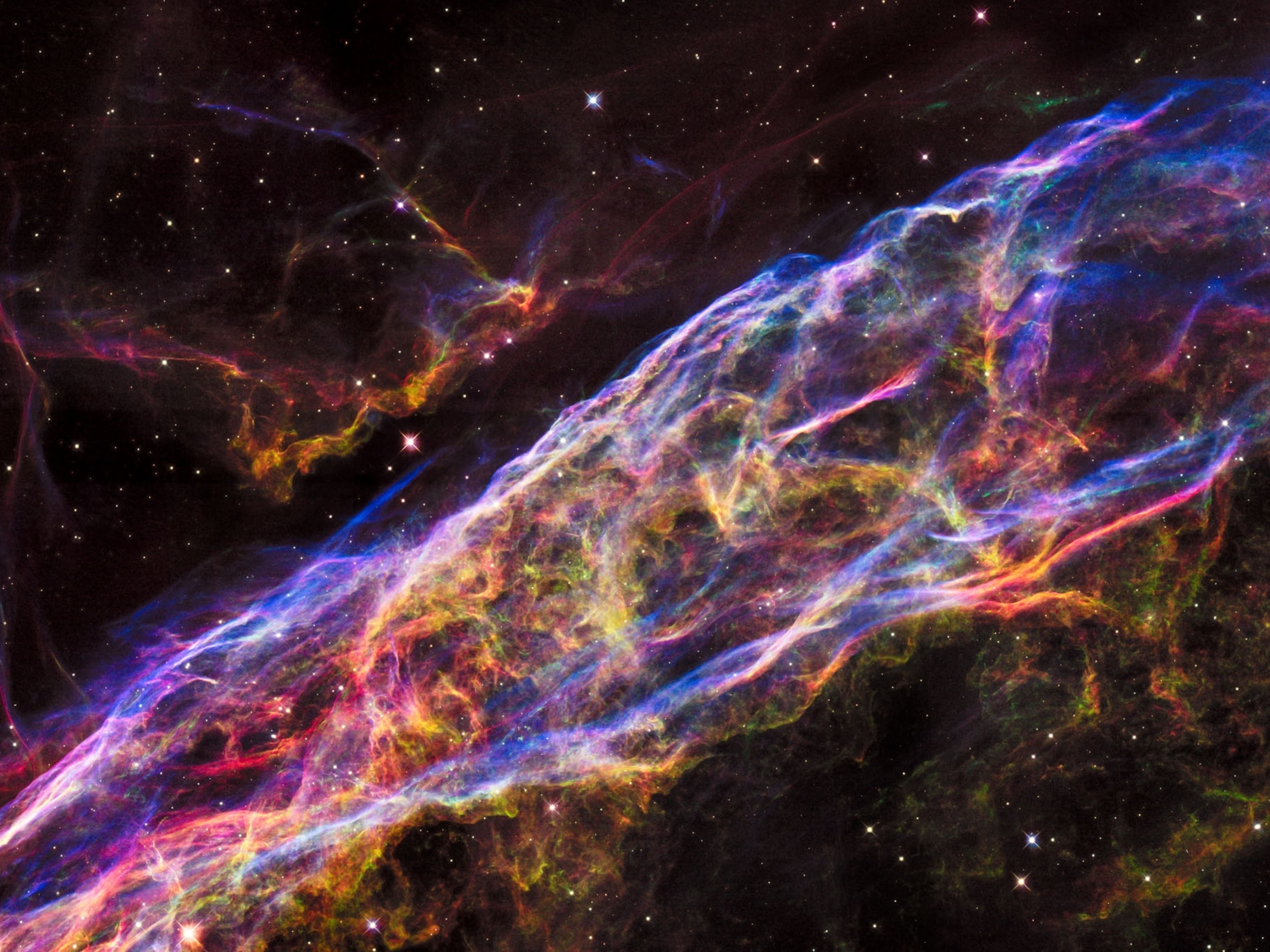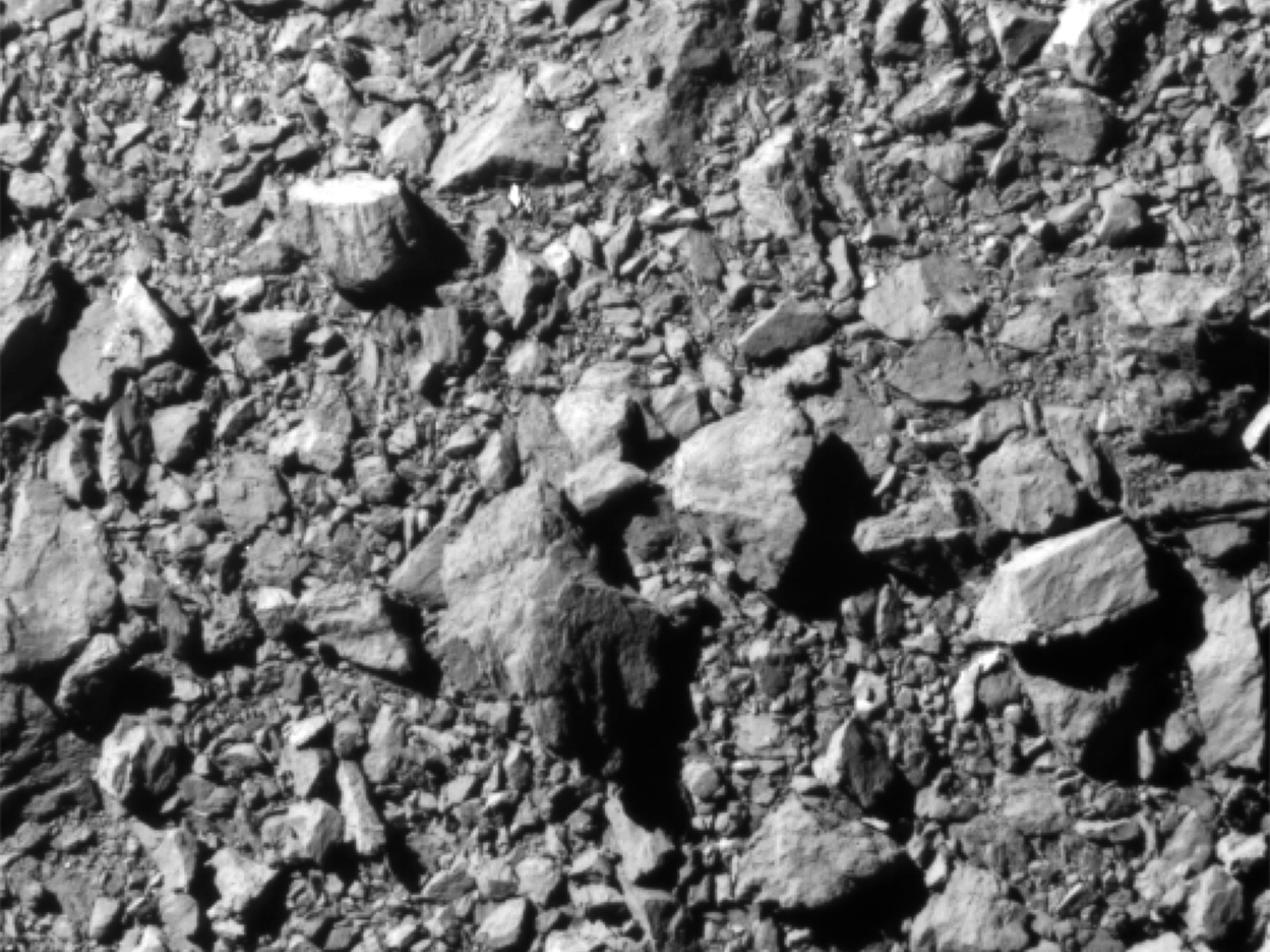Hubble was built to be tuned up in orbit. But it wasn't designed for the major overhaul NASA astronauts undertook during its fourth servicing mission, 3B, in March 2002. They delved into the telescope's guts during long space walks and replaced parts that the original designers never thought they'd need to.
Installation of a new power-control unit forced an unprecedented and nerve-wracking shutdown of the entire satellite—a move comparable to a surgeon stopping a patient's heart during surgery, says Anne Kinney, NASA's director of astronomy and physics. Astronaut John Grunsfeld raced to finish the task before the temperature of the switched-off telescope dropped far enough to damage it. Would it power back up? "When you run a computer for 12 years, you don't know what kind of ghosts you have in the system," Kinney says. When all systems reactivated as planned, the astronauts, as well as astronomers and mission controllers on the ground, breathed a collective sigh of relief. The rest of the mission went like clockwork, including installation of a new cooling system for Hubble's near-infrared camera—NICMOS—useful for surveying dusty and cold areas of space, and installation of new solar panels and other science equipment.
It was the most challenging service mission ever attempted in space, and its success elated astronomers. Chief among the wonders was the long-awaited ACS, or Advanced Camera for Surveys. It essentially made Hubble into a new telescope. "ACS has roughly ten times the discovery power of the previous camera," says Mario Livio, astronomer at the Space Telescope Science Institute in Baltimore. Translation: Hubble can now see twice as much with five times more light sensitivity.
Tragically, this mission would be the last successful voyage for space shuttle Columbia. The disaster in February 2003 grounded Discovery, Atlantis, and Endeavour, the three remaining shuttles, and will delay plans to bring Hubble a spectrograph and a new wide-field camera with ultraviolet and infrared capability.
You May Also Like
Go Further
Animals
- Octopuses have a lot of secrets. Can you guess 8 of them?
- Animals
- Feature
Octopuses have a lot of secrets. Can you guess 8 of them? - This biologist and her rescue dog help protect bears in the AndesThis biologist and her rescue dog help protect bears in the Andes
- An octopus invited this writer into her tank—and her secret worldAn octopus invited this writer into her tank—and her secret world
- Peace-loving bonobos are more aggressive than we thoughtPeace-loving bonobos are more aggressive than we thought
Environment
- This ancient society tried to stop El Niño—with child sacrificeThis ancient society tried to stop El Niño—with child sacrifice
- U.S. plans to clean its drinking water. What does that mean?U.S. plans to clean its drinking water. What does that mean?
- Food systems: supporting the triangle of food security, Video Story
- Paid Content
Food systems: supporting the triangle of food security - Will we ever solve the mystery of the Mima mounds?Will we ever solve the mystery of the Mima mounds?
- Are synthetic diamonds really better for the planet?Are synthetic diamonds really better for the planet?
- This year's cherry blossom peak bloom was a warning signThis year's cherry blossom peak bloom was a warning sign
History & Culture
- Strange clues in a Maya temple reveal a fiery political dramaStrange clues in a Maya temple reveal a fiery political drama
- How technology is revealing secrets in these ancient scrollsHow technology is revealing secrets in these ancient scrolls
- Pilgrimages aren’t just spiritual anymore. They’re a workout.Pilgrimages aren’t just spiritual anymore. They’re a workout.
- This ancient society tried to stop El Niño—with child sacrificeThis ancient society tried to stop El Niño—with child sacrifice
- This ancient cure was just revived in a lab. Does it work?This ancient cure was just revived in a lab. Does it work?
- See how ancient Indigenous artists left their markSee how ancient Indigenous artists left their mark
Science
- Jupiter’s volcanic moon Io has been erupting for billions of yearsJupiter’s volcanic moon Io has been erupting for billions of years
- This 80-foot-long sea monster was the killer whale of its timeThis 80-foot-long sea monster was the killer whale of its time
- Every 80 years, this star appears in the sky—and it’s almost timeEvery 80 years, this star appears in the sky—and it’s almost time
- How do you create your own ‘Blue Zone’? Here are 6 tipsHow do you create your own ‘Blue Zone’? Here are 6 tips
- Why outdoor adventure is important for women as they ageWhy outdoor adventure is important for women as they age
Travel
- This royal city lies in the shadow of Kuala LumpurThis royal city lies in the shadow of Kuala Lumpur
- This author tells the story of crypto-trading Mongolian nomadsThis author tells the story of crypto-trading Mongolian nomads
- Slow-roasted meats and fluffy dumplings in the Czech capitalSlow-roasted meats and fluffy dumplings in the Czech capital





